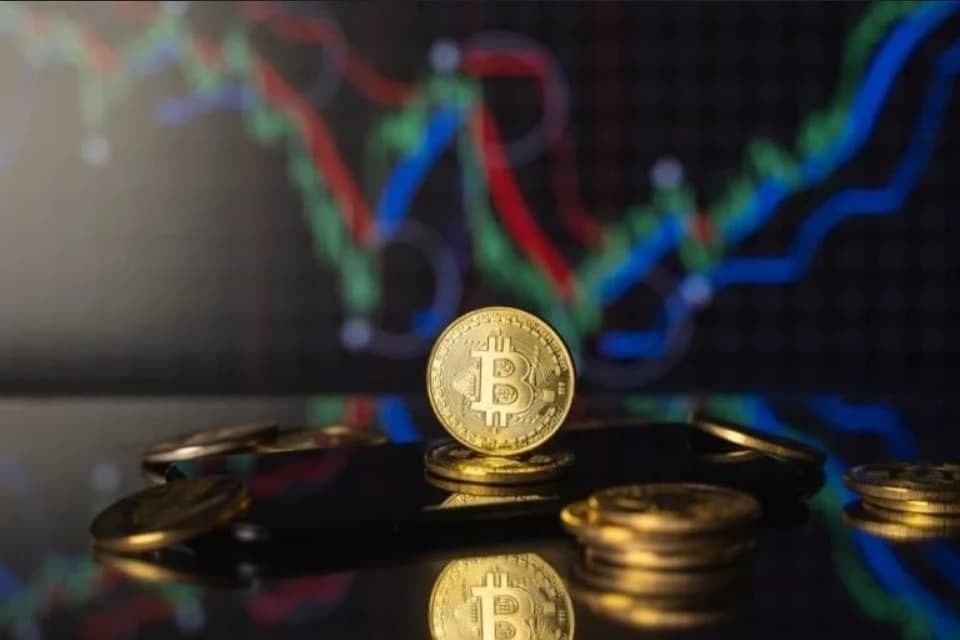With the price of Bitcoin (BTC) steadily growing over the past several days and reaching briefly above $45,000, its accumulation has also increased dramatically too.
Apparently, the Bitcoin accumulation started as of late February, as published by expert internet entrepreneur Lex Moskovski on his Twitter page on March 1, citing the data from Glassnode, an on-chain market analytics aggregator.
The Glassnode chart that Moskovski provided shows that the number of the so-called accumulation wallets reached a new all-time high. This refers to those Bitcoin wallets that have recorded activity in recent times but haven’t spent any BTC.
However, Glassnode followed a day later with a retweet and updated information implying that the increase is due to a large WBTC custodian creating new addresses and moving reserves into them, as opposed to whale accumulation that is traditionally considered a massive buy signal.
Bitcoin – a tool against geopolitical obstacles?
Regardless of who’s accumulation or not, Bitcoin is on an upward spiral, following a short-lived drop of February 24th, when the news of the Russian invasion of Ukraine temporarily crippled most cryptocurrencies. However, the majority of them have recovered since, assisted by the renewed interest in the alternative financial systems.
One of the reasons for the recent uptick is the compelling case for crypto assets in the face of dramatic geopolitical changes. Specifically, they have proven to be incredibly important for the war-affected Ukrainian people, as donations in Bitcoin continue pouring from all over the world, bypassing traditional obstacles.
With that being said, Bitcoin could also prove useful for the invader, as Russia’s national currency has crashed in the wake of the Western sanctions on the country’s central bank. As the events unfold, there are some who believe that the cryptocurrency might help Russia bypass the sanctions as well as inflation, among other drawbacks.










